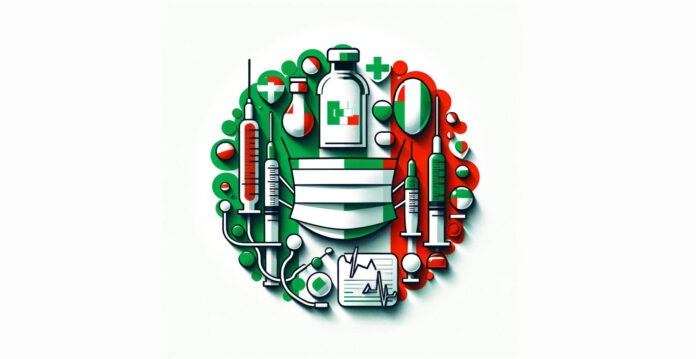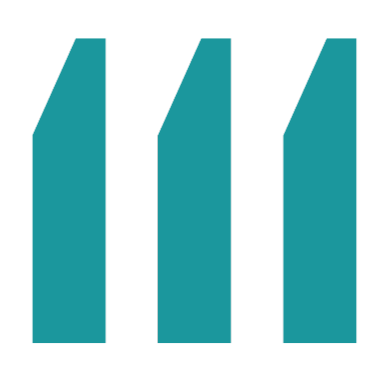The analysis of the Nomisma observatory on the generic drug system in Italy, just presented by Egualia, photographs a sector that confirms many of its structural characteristics but highlights growth extraordinary economic situation driven by the market for medicines and vaccines against Covid-19.
The report reveals that, in 2022, the production of the pharmaceutical sector grew by 42% reaching 49 billion euros, from the 34 (or slightly more) billion annually that they characterized the three-year period 2019-2021. “Growth – states the report – is entirely linked to exports and derives from large quantities of medicines and vaccines against Covid-19 produced”.

The trend of pharmaceutical exports, in fact, is mirrored, with a growth of 43% to 47.6 billion euros, a further confirmation of a trend already underway for years which has dragged the share of exports on the total manufacturing at 80%, from 34% in 2008.
The 2021-2022 leap is described as the “most virtuous dynamic among all sectors of the manufacturing sector after that of the oil sector”. The latter, however, is to some extent “drugged” by the increase in prices of fossil fuels following the global energy crisis.
Growing employment
The Italian pharmaceutical sector appears to be a robust and growing pillar of the national economy. Although characterized by a predominance of micro-enterprises, it also sees a good presence of medium and large companies: companies with over 50 employees represent 38.5% of the pharmaceutical sector, a value 13 times higher than the modest 2.9% of the overall manufacturing average. This data not only reflects the structure of the sector, but also highlights its importance in terms of employment: in 2022, the Italian pharmaceutical sector had approximately 65,600 employees, representing 17% of the total workforce of the local manufacturing.
Pharmaceuticals is also one of the few industries to show workforce growth. Contrary to the general trend in manufacturing, which has seen a 5.5% reduction in employment since 2010, pharma has seen an increase in the same period, albeit modest (+1.4%). This trend was also confirmed in the last year of analysis, 2022, in which the sector increased its employment base by 1.9% compared to the previous year, a figure also in this slightly better than the sector average (+1.5%) and second only to that of the metallurgical sector.
An aspect that has always been distinctive of the sector is its high added value per employee. In 2022 this parameter reached159,800 euros, almost two and a half times the average valueof the manufacturing sector (65,200 euros). This figure places the pharmaceutical sector in second place in Italy, after the oil sector (even in this case, however, the impact of the global crisis on fuel prices must be considered).

Even in terms of investments, the sector has confirmed the current trends. Over the last twelve years, pharma companies have increased the share of invested capital by almost one billion euros (920 million, equal to an increase of 50%). In 2021, the sector reached a total investment of2.76 billion euros, a figure close to the record of 2017, the year of maximum return of the decade. This amount, which marks an increase of 6% compared to the previous year, represents 4.2% of total investments in the manufacturing sector.
The rebound of generics
As regards the comparison between branded and generic drugs, companies specializing in generics show a smaller but progressively growing structure, with average turnovers which in the five-year period 2017-2021 have risen from 44 to 52 million euros > and average employment grew from 94 to 106 workers. For comparison, non-generic drug companies have shown a decline – albeit minimal – in the last two years, going from 157 employees per company in 2020 to 154 in 2021.
“On the other hand, companies dealing with non-generic drugs have average revenues that “double” generic drug companies”. The positive trend of the last five years, however, proved to be more limited than that of “non-branded” companies.
Nomisma observatory on the generic drug system in Italy,
In fact, 2021 marksa somewhat unexpected reduction in the gap between the generic and branded sectorsalso from the point of view of the ability to generate profitability: the difference in profitability between generic and branded drugs , which had increased significantly in the two-year period 2019-2020, has almost disappeared.
Previously, companies specializing in non-generic drugs had reported a gross operating margin (Ebitda), is earnings before interest, taxes, depreciation and amortization and is used as a measure of a company’s ability to generate profit ) of 14.7%, while those of generic drugs stopped at 12.4%. However,in 2021, this gap has narrowed considerably, with the margin of non-generic drug companies falling to 13.4% and that of generic drug companies rising to 12.7 %.
At a European level, generic drug companies have demonstrated an active and dynamic market environment. Responsible for the production of approximately 75% of the drugs consumed globally, they recorded revenues of 15.8 billion euros in 2021, a growth of 7% compared to 2020 and 14% compared to 2019.


